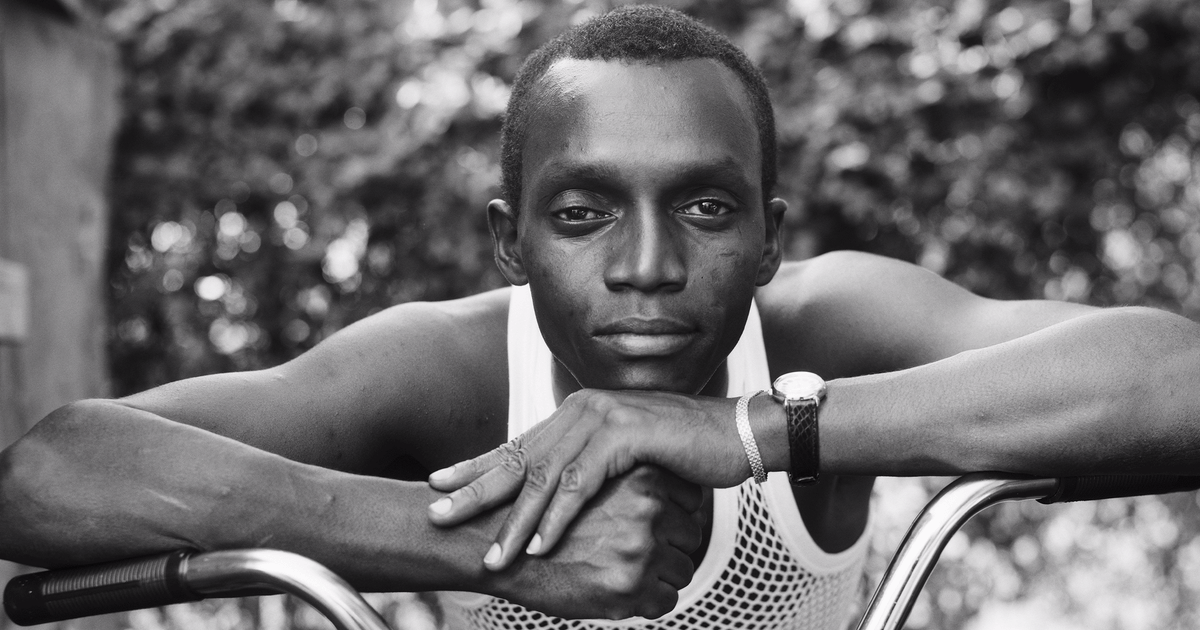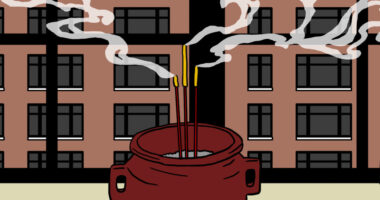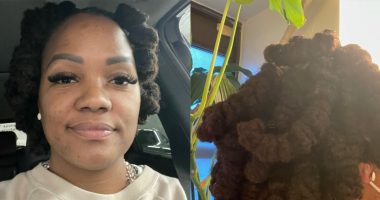
Bey’s documentation of Harlem from 1975 to 1979 became a part of his “Harlem, USA” series. In a number of street portraits, Bey captures residents living their everyday lives. Bey gives no names or narratives to his subjects; instead, he lets viewers interpret his images.
The experiences of underrepresented communities are the basis of Bey’s work. Black communities across the U.S. are arguably his most consistent subjects.
Work by the late Roy DeCarava, the first Black photographer to receive a Guggenheim fellowship, inspired Bey’s use of black-and-white prints. DeCarava also primarily photographed lower-class African American communities. In an interview with Vogue in April, Bey said: “He was making photographs through his own poetic visual language, insisting on the beauty and complexity of Black people and making photographs that were equal to that. He became the earliest model for me.”
Source: | This article originally belongs to Nbcnews.com









